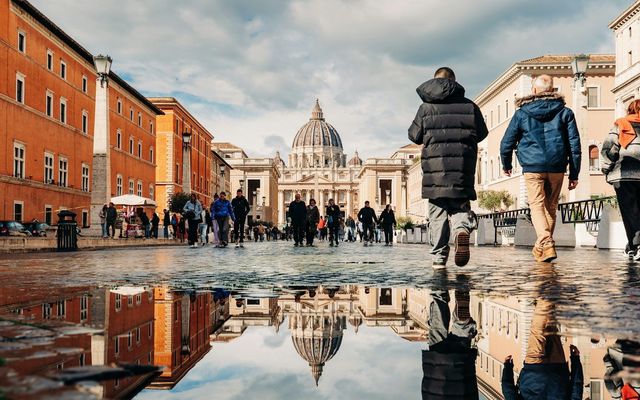FÉILE an Phobail’s history is well worth remembering. In 1988 three unarmed members of the IRA from West Belfast were shot dead by undercover British soldiers in Gibraltar. While this community buried them the mourners were attacked by loyalist Michael Stone, acting with the full cooperation of the British state and using armaments imported from South Africa with the full knowledge and direction of the British State.
Milltown was the first use of this huge consignment of weapons that was to mark an unprecedented onslaught on the nationalist and republican community.
One of Stone’s victims, Caoimhín Mac Brádaigh, was being buried the following week and, in a still inexplicable action, undercover soldiers drove into the funeral cortege. The two soldiers were attacked, taken away and executed. Photographs of the aftermath of all of these brutal events were broadcast across the world. The singular unionist and media response was to these last two killings, accusing the community of West Belfast as “terrorist” and even “animals”. These terms were not applied to the undercover military in Gibraltar; nor military intelligence responsible for the weaponry; nor those who secreted and paid money for this weaponry – Ulster Resistance; nor the loyalist killer Michael Stone; nor any member of the RUC or British army who ran the state agents who were to use these weapons. No, these terms were applied only to the people of West Belfast.
In response to this criminalisation and demonisation, at the height of conflict and in the context of the escalating campaign of state collusion killings against the community, a small group of revolutionaries formulated their answer. They decided to have fun, to break censorship, to offer solidarity to other communities in struggle, to say “We are so much more.” And so Féile an Phobail began its proud and obstreperous response to the rest of the world.
The following August, 15-year-old Seamus Duffy was shot dead with impunity by the RUC as he stood at a North Belfast internment bonfire with a Celtic top on.
Very proud of the people of West Belfast for staging another highly successful Féile, an inclusive, multi-ethnic, multi-generational, multi-cultural festival with core vibes of fun, joy, Irish pride, social & political engagement with music for everyone. A better day is coming. https://t.co/D845VpR1Dq
— GabeFin (@GabeFin) August 15, 2022
In 2022 our proud and obstreperous teenagers no longer go to bonfires. They wear their Celtic tops, and tops of all colours, and rave and dance, shout and make merry, out of harm’s way. As part of that, some choose to remember a past where an entire community could be subject to undercover policies of assassination and shoot to kill, they remember the use of plastic bullets against their parents, aunts and uncles and they choose as their response a sing-song and a monster dance. They choose uncensored fun, which celebrates Irish citizenry and a history of resistance.
What these young people do not do is demonise any other community, exult in any loss of life or attempt to censor any section of this shared place.
The response to them by some sections of unionism and the media is to revisit the attempt to demonise and criminalise an entire community. It is worth noting some of these voices of outrage continue to deny state collusion and shoot-to-kill, while defending agencies who stand accused of the same.
Our young people are not up for barter in any tawdry exercise of trying to criminalise one actor to the conflict while turning a blind eye to all others. It didn’t work in 1988 and it most certainly will not work today.








